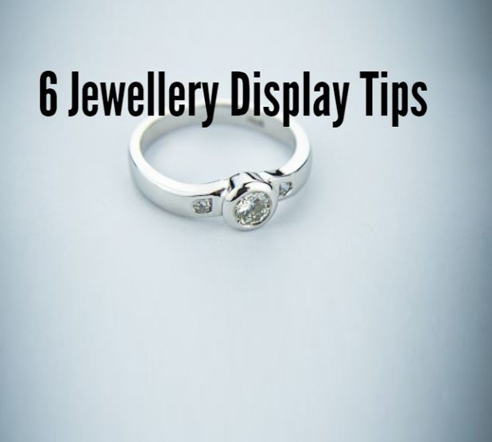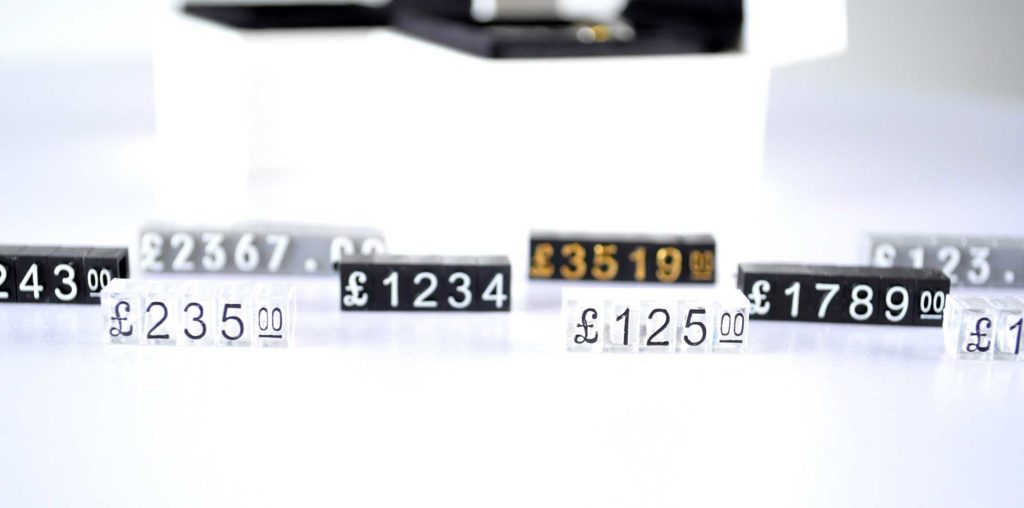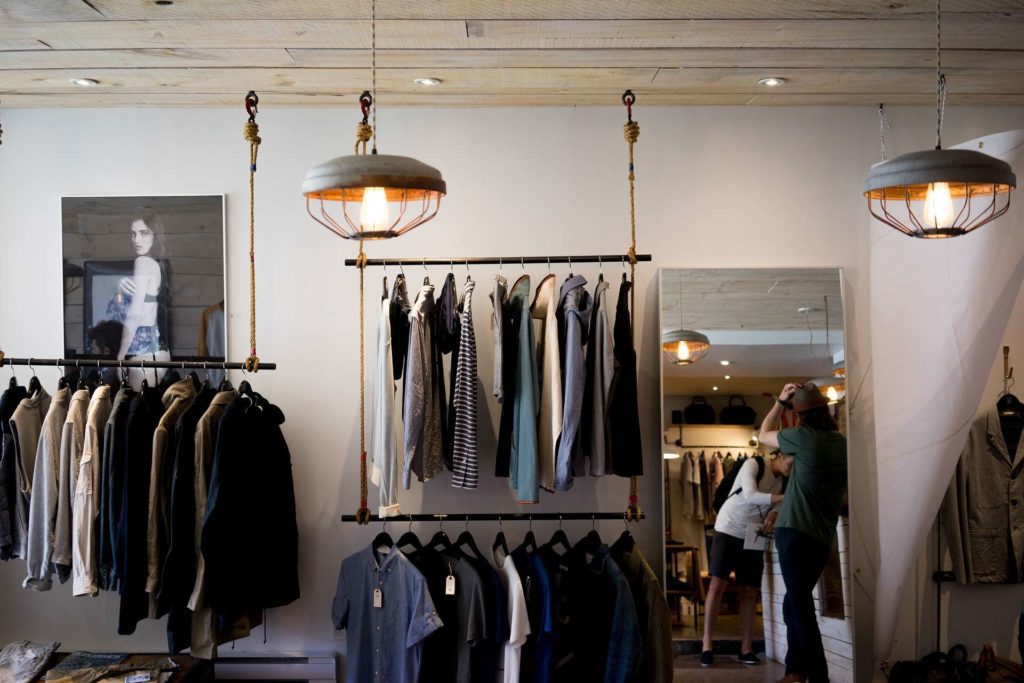How To Merchandise Retail Shelving
Retail shelving is one of the most commonly used merchandising systems. It’s loved by everyone from grocery shops to hardware stores. This is because it is so easy to use and also because it is so versatile. Shelf heights can be altered to fit the merchandise and there are several colours to choose from. It allows retailers to choose the ideal shelving system for them.
The way retail shelving is merchandised can have a big effect on sales. Here are a few quick retail shelving merchandising tips and tricks:
1. The Eye Line Is The Buy Line
The highest converting position on a shelf is between the height of a customer’s head and hands. Ideally, the main products should be merchandised between 0.5 metres and 1.6 metres above the floor. Unless you are targeting children, in which case the ideal height is between 0.3 and 0.9 metres. You will notice that many supermarkets use this trick for the sweets and then place the larger chocolate bars higher up.
This is because they are trying to attract children’s attention to the sweets. That then encourages the children to sell the sweets to their parents.
2. Think About Your Directions
The three main shelf stacking strategies are blocking merchandising, horizontal merchandising and vertical merchandising.
Horizontal Merchandising
Horizontal merchandising can irritate customers because they naturally want to look at the whole aisle from left to right. This makes it more difficult for customers to find the items that they are looking for. Although slowing customers down is a good thing, horizontal merchandising can tip the balance a bit too far and end up leaving them annoyed. This isn’t good for encouraging repeat customers.
Block Merchandising
Block merchandising is preferable to horizontal merchandising and is a practical way to merchandise if space is limited. It provides the customers with good product visibility and can be quite attractive. If you’re going to use this method, it’s important to think about colours. Ideally, colours should be broken up with different product colours in between.
Vertical Merchandising
Vertical merchandising is usually the best strategy. This form of merchandising creates the most visual impact and is a quick and easy way to merchandise. In addition, it makes it easy to ensure that plenty of product is available. It creates the most visual impact because the narrow columns make it easy for the customers’ eyes to be drawn to the natural central focal point.
Sometimes this method isn’t practical because there isn’t enough space on the shop shelving. If you’re going to adopt this strategy, make sure that there are at least 3 or 4 of each product in a column. If there are fewer than this, the column can become too narrow and the visual effect is ruined.
Enter Your Details To Receive A Copy Of Our Shop Shelving Sheet
3. Think About The Way You Stack Your Retail Shelving
The more space you give your products on the shelves, the more premium they look. If you’re trying to encourage your customers to purchase multiple packets of a cheaper item, there should be plenty of them on the shelves, and they should be stacked in a way that makes them look particularly plentiful. It is important to give the correct impression, in order to attract the right types of customers.
If your products are premium but are displayed in a way that makes them look cheaper, then customers who are looking for a bargain will be attracted to the products. They will then dismiss the item once they see the price. Conversely, if you merchandise cheaper products in a more premium manner, you may attract customers who are quality focused. If you sell these customers your cheaper products you are talking yourself out of a higher value sale.
In addition, it is possible that these customers will not be satisfied with the quality of the product when they try it. This may result in them not returning to our shop again.
4. Placement Of Premium & Cheaper Products On The Shelves
The height that you place products on your retail shelving is important as it has a direct effect on your average sale value. As we said earlier, the eye line is the buy line. The eye line is the ideal height to place your branded products. For example, if we talk about cereal, you would place your premium and popular brands along the eye line. You would then look to place your own brand cereals lower down on the shelves. You may even consider placing your sugary cereals lower down to attract the attention of children too.
Using this strategy a) makes it more likely that customers will opt for the more premium brands and b) makes it easy for customers to find what they are looking for.
A Focus on Big Brands
The energy and spending that is put into marketing the bigger brands mean that customers can spot it quickly and easily. If they are searching for bargains, then having the cheaper brand lower on the shelves, ensures that they can find a bargain.
But more importantly, those who aren’t will see the premium brand and put it straight into their basket. In addition, the premium brand is there ready for a sneaky up-sell to a bargain hunter looking for a treat.
Interested in merchandising? You may also like our article about the display tricks supermarkets use to increase their sales.
If you need help creating the shop shelves and shelf ticket displays that are going to help you sell more, talk to us now on 01329 842 000 or email us at My Display Expert.



